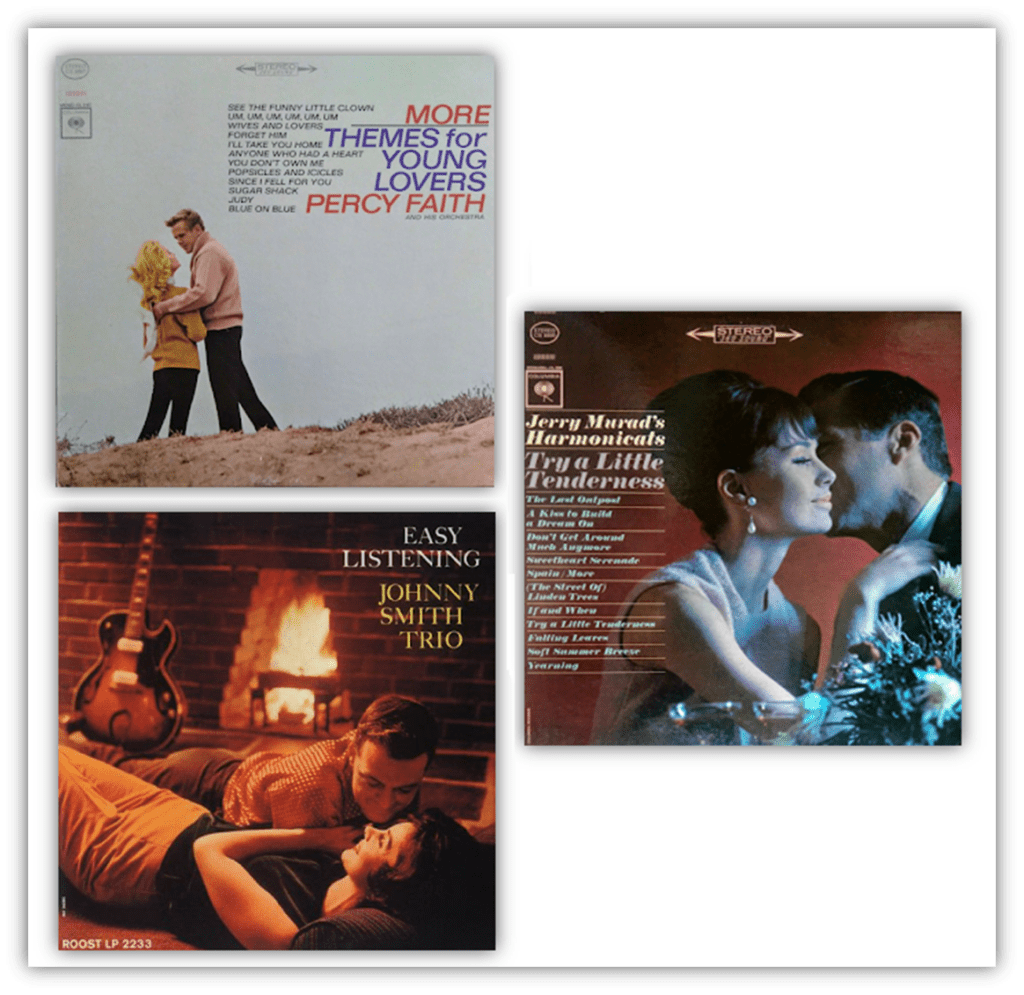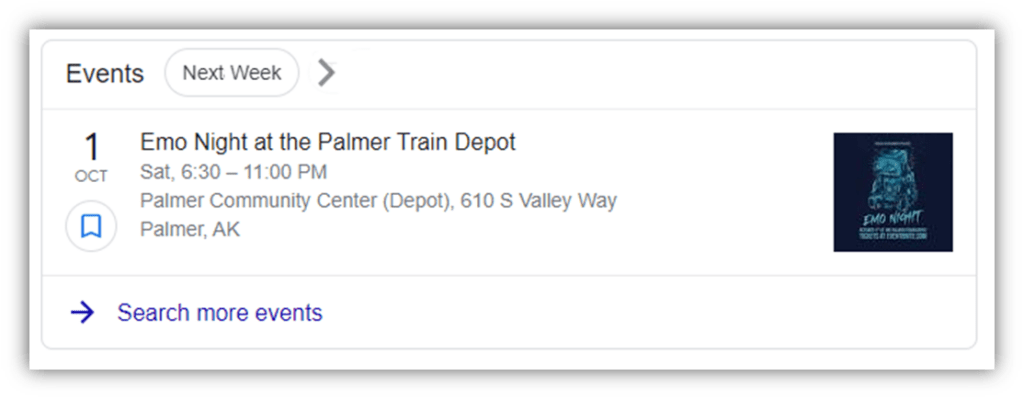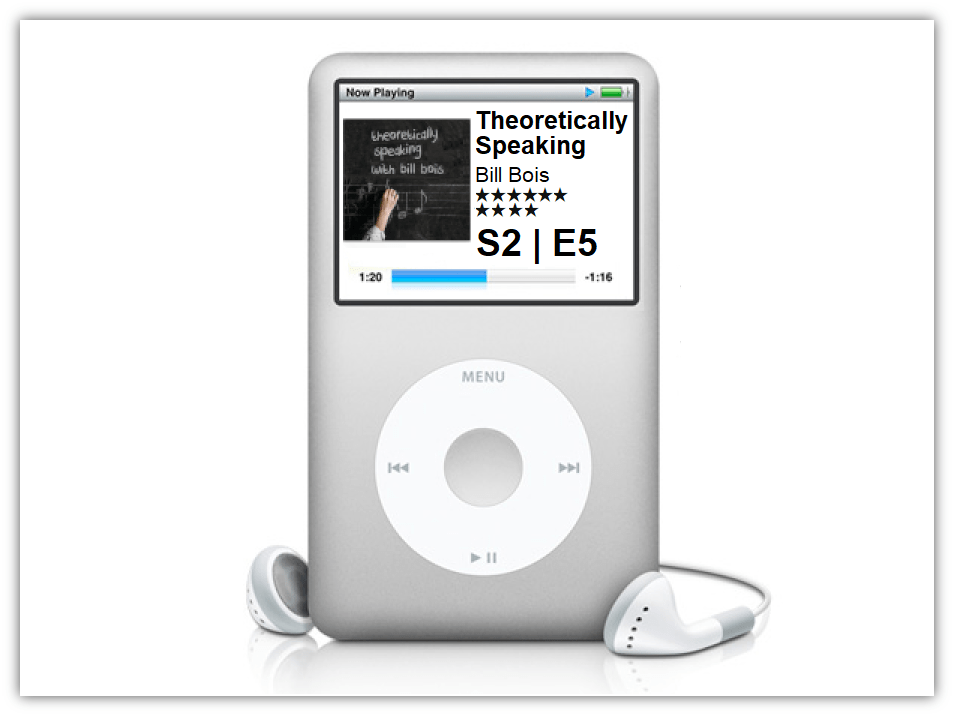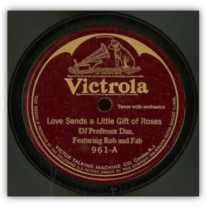Bill Bois’ Music Theory For Non-Musicians™
…if there was ever an art where breaking the rules is one of the rules, it’s music.
redditor u/COMPRIMENS
Sometimes, you just don’t want to dance.

You want to hear some music. But you’re not…

…drunk enough for country

… high enough for reggae

… or young enough for pop.
After working all day, you’re too tired for the mental exercise of listening to intricate classical or experimental jazz or progressive rock. Heck, you’re too tired to rock at all.
You just want to hear something… nice.
It’s time for some easy listening.
Easy listening is designed to be, obviously, easy to listen to. It’s meant to soothe and relax you without necessarily calling attention to itself. Easy listening strives to sound great, and have no meaning beyond sounding great. Music like this isn’t meant to change minds like a Bob Dylan protest song. Its only raison d’etre is to be music.

However, if you do make the effort to listen closely, it’s clever, sophisticated, and beautiful.
Given this genteel and straight-laced character, it’s hard to think of easy listening as reactionary, but it’s a counter-counter-culture.
In the 1950s, blues, jazz and rock & roll steadily gained popularity. These counter-culture genres represent a grittier side of life than you might see on “Leave It To Beaver” or “Father Knows Best.” Yet these genres gradually left the underground and became the mainstream, especially rock & roll.
Easy listening is something of a reaction against all that. Many people didn’t like these new raucous sounds. They wanted new music that wasn’t much different from the old music. Relaxing, beautiful, and, in its own way, sexy.
If nothing else, the album covers often promised romance.

Easy listening took familiar melodies and stripped out any blues, jazz, and rock influences.
- It has no blue notes, which are those notes that aren’t in the song’s key.
- It has few extended chords beyond the major 7, like in jazz.
- It certainly doesn’t have rock & roll’s distorted guitars or screaming vocals.
So now that we know what easy listening isn’t, let’s talk about what it is.
It’s mid-century pop music as interpreted by European and European American arrangers and conductors.
It’s music for grown-ups with good hi-fi systems.
I’m not being facetious here. The main easy listening audience were white, middle-class, and middle-aged. They had good jobs, good homes, and good high fidelity sound systems. It wasn’t just a portable turntable like their teenage kids had in their bedrooms. It was a console or component system with multiple speakers that they could impress their guests with.

This audience had a large number of WWII veterans. They had seen their share of chaos (and might have a son fighting in Korea or Vietnam) and didn’t want busy, frantic, disturbing music in their living rooms.
The big names in easy listening were also middle-aged white guys. They were serious musicians, educated in the art, and dedicated to the craft. They were artists, but their vocabulary was limited to European music theory.
Composing and arranging are very different activities and while some great composers are great arrangers and vice versa, it’s not always the case.
It takes one kind of creativity to write a song, to come up with an original, memorable melody and its accompanying chord structure.
It takes an entirely different kind of creativity to take that tune and arrange it for an orchestra.
Composers usually write on a piano and transcribe it onto sheet music.
Arrangers read the sheet music and decide whether the melody should be played by violins or oboes or trumpets, whether the backing chords should be outlined by brass or strings or woodwinds, and whether those chords should be staccato (meaning in short notes) or legato (meaning in long notes).
In easy listening, the arranger is the star, yet he’s faceless.
If his photograph is on the album cover at all, it’s small and on the back surrounded by lots of text. Yet it’s the arranger who makes all the difference.
More often, it was the conductor’s picture on the back cover.
Sometimes the arrangers also conducted the orchestra when recording their work. Part of this was their search for perfection. Part of it was that they could get paid for conducting in addition to getting paid for arranging.
In the 1930s, Paul Weston was the arranger for Tommy Dorsey, the big band leader. Weston felt that the days of swing were coming to an end and wanted to try something else. In the 40s, he began releasing albums of what he called mood music, with titles like Music For Romancin‘, and, Music For Dreaming.
A fan told him his music “made for easy listening.” And that’s where the genre got its name.
Weston’s move from swing to easy listening was, at least in part, a business decision. Ray Conniff went so far as to research the popularity of songs getting radio airplay and high sheet music sales. He’d then arrange the most popular songs for orchestra and chorus. It didn’t necessarily matter if he liked the song personally. He arranged what he knew would sell and he became one of the most successful easy listening arrangers.
Likewise, Stu Phillips arranged several albums of easy listening Beatles covers for The Hollyridge Strings. The Beatles Song Book (Volumes 1 – 7) sold very well, and proved both that a good song will stand up to rearrangement in other styles, and that The Beatles wrote really good songs.
Plus, people bought anything that said “The Beatles” on it.

While teeny boppers bought singles, easy listening fans bought albums. Even so, a couple easy listening songs made it to the top of the Billboard Hot 100 chart. If you came here from Tom Briehan’s excellent column The Number Ones over on Stereogum, you know already that Percy Faith’s Theme From ‘A Summer Place’ hit #1 in April 1960, Bert Kaempfert’s Wonderland By Night did it in January 1961, and Paul Mauriat’s Love Is Blue did in February 1968.
To my mind, Theme From ‘A Summer Place’ is the perfect example of easy listening.
With a few notable exceptions like Jackie Gleason and Liberace, most of easy listening’s biggest artists were pretty nondescript. You probably wouldn’t recognize them in the grocery store. They were simply craftsmen doing their jobs like an electrician or plumber.
It’s important to remember that arranging is hard work. We often say when watching professional athletes that they make it look easy, forgetting the hours of practice they put in. Arrangers put the same kind of effort. Making music sound easy is hard work.
But easy listening isn’t all sugary strings and softly mooing horns. Listen to the introduction of Mantovani’s version of Love Is A Many Splendored Thing. It’s so Wagnerian you can hear the Valkyries riding in.
There are a couple subgenres worth noting.
Exotica brought in Polynessian sounds, possibly because some WWII veterans served in the south Pacific. It also had a lot to do with Hawaii becoming a state in 1959. (Even though Alaska was admitted to the union that same year, it doesn’t seem to have had any influence on music.)

Bongos, slack-key guitars, and bird noises define exotica. At the same time that was happening, Hawaiian shirts, tiki bars, and mai tais became popular. It was a swinging scene, baby.
In the mid-60s, stereo sound systems became affordable, which meant stereo records had to be produced. Some labels didn’t fully embrace stereo and cheaply released stereo versions of their mono records by panning the vocals to one speaker and the instruments to the other. The first few stereo Beatles records were like this. They sound terrible.
However, the easy listening artists grasped that stereo was a great step forward and used it to its fullest. Some created records designed specifically to show off what these new stereo units could do.
My favorite among these artists is Juan Garcia Esquivel, who usually went by just his last name. His stereo-centric, and eccentric, style was later dubbed “space age bachelor pad music.” He took stereo to such an extreme that on his 1962 album Latin-Esque he used two bands. He put one in studio A and the other in studio B and recorded them at the same time using the telephone to keep both conductors in sync. Listen to the result here on Mucha Muchacha.
Stereo headphones are recommended.
When we remember music in 1966, we think about The Beatles. They released their seventh album, “Revolver,” in August on the heels of “Rubber Soul” which had come out the previous December.
However, huge as they were, they didn’t sell as many albums that year as Herb Alpert’s Tijuana Brass.
The Beatles have far outsold Alpert since then, and we barely remember easy listening when we think of 60s music. It’s possible that music written to have no meaning beyond sounding good didn’t mean enough to leave a cultural imprint.
Towards the end of the 1960s and into the 70s, easy listening was not replaced per se, but the audience transitioned over to soft rock. Performers like The Carpenters, Bread, and James Taylor sold more albums than Ray Conniff, Henry Mancini, or Percy Faith. “Beautiful music” radio stations switched formats to Adult Contemporary and MOR.
It wasn’t easy listening, but there’s nothing edgy in the middle of the road.
Since then, there’s always been music that’s an easy listen. The smooth jazz of the 1980s fits the bill. We talked about it here previously.
In the 1990s, the lounge scene was a direct response to grunge, in the same way that easy listening was a response to rock & roll.
Bands like Combustible Edison and Pink Martini, and ironic releases like Prozak For Lovers took a laid back approach to, well… everything.
With ambient electronic music and downtempo in the 21st Century, laptops have taken the place of orchestras but the music serves the same need.
We all want to chill out sometimes, take our shoes off, cuddle with someone we love, and maybe have a mai tai.
Here’s to the good life.
Suggested Listening:

Moonlight In Vermont
– Paul Weston and His Orchestra, featuring singer Jo Stafford, who was also Weston’s wife
(1956)

The Poor People Of Paris
– Les Baxter
(1956)

The Song From Moulin Rouge (Where Is Your Heart)
– Percy Faith
(1956)

Magic Moments
– Perry Como
(1958)

Quiet Village
– Martin Denny
(1958)

Enchantment
– Robert Drasnin
(1959)

Whachamacallit
– Esquivel
(1959)

Whipped Cream
– Herb Alpert’s Tijuana Brass
(1965)

Somewhere My Love
(Lara’s Theme From ‘Doctor Zhivago’)
– Ray Conniff
(1966)

Penny Lane
– The Hollyridge Strings, arranged by Stu Phillips
(1967)

Love Is Blue
– Paul Mauriat
(1968)

The Millionaire’s Holiday
– Combustible Edison
(1994)

Proud Mary
– Prozak For Lovers
(2001)

Finding Beauty
– Craig Armstrong
(2002)

Nair
– Selerac
(2014)
(Let the author know that your liked their article with a “Heart Upvote!”)





As always, I enjoyed this segment, Bill. I don’t think I could do a 24/7 diet of easy listening, but I do know my iPod (real and metaphorical) wouldn’t be complete with “Love Is Blue” and “Theme from ‘A Summer Place’,” among others.
It wouldn’t be a comment section about Percy Faith’s blockbuster No. 1 without my referencing hubby’s and my “reception dance” to it. (The quote marks are because we had a party at the house, not a formal reception, and my sister was the only way who witnessed, and captured, the moment. Good times.)
You guys look so happy!
Great write up! Easy listening is something I have very limited exposure to. I mostly know it via more contemporary hipster producers like Air or Cornelius sampling some old record or emulating a vintage sound. Other than that, there is the more indirect connection to the production of softer crooner pop music in the 50s and 60s. My first exposure to Louis Armstrong wasn’t “Heebie Jeebies” or “West End Blues,” it was “Wonderful World” and “Blueberry Hill.” And I love that stuff! Sometimes the white choruses are grating and cringey, but overall it’s so warm and inviting.
Perhaps not unrelated, but a lot of that softer music reminds me of Christmastime. I mean, so many classic Christmas albums were recorded in that style (best of all is Nat King Cole’s The Christmas Song), but the association is so great for me that even the “Poor People of Paris” track that you linked to sounds like Christmas music to me! Beyond the stylistic links to actual Christmas music (like Leroy Anderson’s rendition of “Sleigh Ride”), there’s the warmth and easy familiarity that’s perfect for yuletide comfort in the bleak midwinter.
But, as for my own calming music, I tend to opt for stuff that’s meditative rather than pleasantly amusing. Monastic chants, Erik Satie, Debussy, Brian Eno, William Basinski, Gorecki, maybe some Philip Glass piano works. Of course, electronic chillout music has its place: Aphex Twin, KLF, Orb, Boards of Canada, Air. And some of that is closer to the pleasantly amusing vibe.
Oh! and Bossa nova, which unfortunately has become a type of inoffensive background music, despite it being very sad and sexy.
I never thought of bossa nova as sad. How so? I’m obviously missing something.
Well, not super-depressed, but a lot it has a feeling of longing and melancholy. Possibly because a lot of it hovers in the minor key?
https://www.youtube.com/watch?v=QHDFZaMNED0
OK, I get it now. This is a beautiful song, too.
Bam! You nailed it Phylum…Christmas music (whose golden age was the late 30s through the 50s) was one of my gateways to old music and easy listening.
“…inoffensive background music,” triggered the voice of J.K. Simmons as Fletcher in Whiplash.
“But that’s just what the world wants now. People wonder why jazz is dying. I’ll tell you, man- and every Starbucks jazz album just proves my point.”
I saw this little-seen zombie film called Life After Beth. “Smooth jazz” is the only thing that pacifies the zombies. I’ve seen the term “smooth jazz” used in a context outside of the jazz that the J.K. Simmons character is describing. So there is good smooth jazz, and not-so-good smooth jazz.
I’ve played Jon Hopkins’ Immunity after watching some bad low-mid-major basketball. It helped. “Open Eye Signal” blows my mind.
Funny, smooth jazz drives Gremlins crazy.
https://www.youtube.com/watch?v=oSVmC7wNfwY
I like Jon Hopkins a lot. The beats might be a little heavy for easy listening, which is why I didn’t include him here, but the Singularity album is really good.
I think its fair that to say that over here the term easy listening is more of a punchline for the serious music press and not something that’s treated seriously or with any respect. I can’t say that when I have come across it that I’ve felt compelled to go any deeper and have dismissed it as music for supermarkets, waiting rooms and accompanying infinite holds while your life drains away trying to get through to a call centre. None of them providing the optimum sonic experience.
I’m not likely to add easy listening to my playlist as a result of this but I will at least try not to be as dismissive and give it a little bit of respect.
I knew I recognised Ray Conniff’s haircut even though I’ve never seen a photo of him before. Borrowed it seems by one joke novelty lounge act Mike Flowers in the mid 90s.
https://youtu.be/B2nZDaRIV78
Oh, it’s a punchline here in the States, too, and I don’t think I appreciated all that it is until I started researching this piece. I realized that I’ve always liked “Theme From A Summer Place” and “Love Is Blue” and so many other easy listening classics. Herb Alpert and Esquivel have always been in my album collection. We give easy listening short shrift unnecessarily.
I thought about including Mike Flowers but I sort of ran out of space. The hair is amazing.
There’s something thrilling about loving something that most other people hate. I don’t know if it’s a rebellion thing, or feeling hipster, or feeling immune to something that curses everyone else, but it’s kind of fun. I realized by my college years that I had a WAY higher tolerance for easy listening than the average person. And over time I’ve come to embrace and love aural wallpaper. It’s the music that is playing while a company or marketer wants you to be paying attention to something else. Incidental music. A vast bulk of it is good, but not exceptional. But just like all genres, there is some Easy Listening that is amazingly well done.
I love your hat tip to exotica. So fun.
I love your appreciation of the arrangers of music. Those guys were work horses. Look at how many scores and albums that guys like Henry Mancini and Nelson Riddle wrote/arranged. Amazing. They were machines. Sometimes I think that if I could be any kind of musician, I would love to be like them. Amazingly talented but behind the scenes. In the wallpaper.
Great entry as always!
Twenty-five year old me would’ve sneered at this genre, and yet I’ve always had a soft spot for it…and I’m not sure why.
I generally rejected most of my stepmother’s choice of artists (Barry, Neil, Air Supply), but I played her Herb Alpert albums relentlessly. Not sure if anyone remembers, but I gave “This Guy’s in Love With You” a 10.
In the late 90s after I returned from the Middle East, I was lounge-adjacent. Swingers was one of my favorite movies, and my friends and I bought a number of lounge acts’ CDs…and Tony Bennett was big again.
Most recently, when Mrs. Thegue and I got married, my mother-in-law wasn’t invited. I met her shortly after our daughter was born, and one day around Christmas she was playing Christmas music off an old iPod.
This one has become a favorite of mine – I find it haunting, and I don’t know why because it’s a Christmas carol. Everyone knows “Theme from a Summer Place”, but this has become my favorite Percy Faith song:
https://youtu.be/IsSQuMd7oJ8
My mom loves Air Supply. There is a little-known concert film called Air Supply: Live in Hawaii. I was there. Before the concert, there was an international song contest. The United States was represented by Charlene. She performed “I’ve Never Been to Me”. Two decades later, Air Supply made their triumphant return. Of course, I had to take my mom for more hardcore adult-contemporary. Unfortunately, Air Supply, in a game effort to remain relevant, went in a hard rock direction…with their old songs. So on “All Out of Love”, the guitarist was close to shredding. I don’t think the band, at the time, understand who their fans were. Like the Roger McGuinn concert I attended, there were elderly people with walkers.
Did you know Air Supply covered Bruce Springsteen?
This is lovely.
The lovable Pre-Fab Four from Rutland have a lovely theme song suitable for this article. It’s sure to put a smile on your smile*! As they sing, “Why not do it … in the middle-of-the-road?” Starring Barry Wom.
*A mistake too good to fix – Barry would be proud.
https://www.youtube.com/watch?v=CXT6LhSosUY
Your description of “Easy Listening” is just about spot on.
In the ’60’s, I would go to my friends houses and the “rec room” was just as you described. There would be a pool table and extremely large bookcase but the piece de resistance was the stereo setup. Many people had the cabinet stereo system and a few the reel to reel set up.
The record case, of course, was filled with 33’s by Montovanni, Connif, Faith, Baxter etc. and as the 60’s went on, Alpert and TB.
The late ’60’s brought a brief renaissance of the easy listening solo artist, probably the biggest being Englebert Humperdink.
If I remember correctly in an interview with Johnny Carson, easy listening artist without compare, Johnny Mathis, responded when asked by Carson why he stayed within this genre and didn’t tap into others “It’s simple. I can lay on my couch and sing to myself. I can be in the kitchen making a sandwich and sing to myself. I can walk the dog and sing to myself. It’s all so easy!”
I think Humperdink kept “Strawberry Fields Forever” out of the #1 spot in the UK. Yeah, he was a big deal.
Easy Listening certainly was a genre I never gave thought to it’s beginnings or evolution; it has just been, there. The fact I am now educated on its history, I feel comfortably chilled. 😎
Nom-nom-nom……
A timely article given how we’re heading into the holiday season. Come November, stations that never play Theme from a Summer Place, Somewhere My Love or Everybody Loves Somebody will switch over to a format where Percy Faith, Ray Conniff and Dean Martin regularly appear doing their Christmas hits. Nowadays those songs are probably more familiar to those under 50 than Theme from a Summer Place, Somewhere My Love or Everybody Loves Somebody. And so it goes.